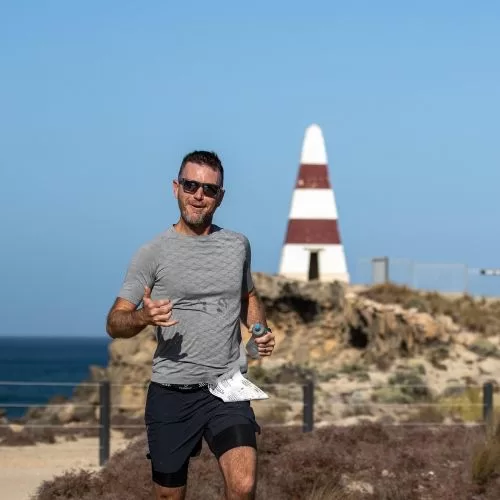During the trip last year into the Balkan states, we had a slight issue that the split charge contactor started failing to close. At first this was intermittent, then it became permanent in the heat. I was sometimes able to get it to close by tapping the contactor with a fair force. Eventually that did not even work. This of course was a serious issue for keeping our drinks cold!

When we got back to the UK, the fault disappeared completely. It appeared to be a heat related fault. Probably the coil or a mechanical failure. While we were on the road we tried to get a new contactor, but failed. There were plenty of relays around at about 30 amps, but I needed a 100 amp contactor. A 30 amp relay would have been fried in no time.
I decided that I would seek a decent quality replacement in the UK. I actually already knew that I would replace it with a sealed Albright contactor when we were back. This provided the ideal opportunity to refine the whole split charge, being one not to miss out on an opportunity. I did some other work also. The Albright is a sealed unit which means that if it should get wet in the battery box it is not an issue.
This other work was really because. Having been installed for three years the deep cycle battery I had was starting to show symptoms of loosing capacity, which I suspected was caused by the low output of the 65 amp alternator being at around 13 volts. To rectify this, I decided to install a 100 amp alternator, to give me extra head room and also charge the batteries quicker. At a later stage I will need to improve the alternator output cable to something slightly thicker, at the moment it is the standard 16 mm cable. I will probably stick in some 25 mm cable. This runs from the alternator to the starter motor. You may ask yourself why I changed the alternator rather than overhaul it, which would have been far cheaper. The reason was purely because I needed the extra capacity in the 100 amp unit.
With the alternator improvement and my output now at 14.4 volts again, I also fitted some decent Odessey deep cycle batteries. I did not want to fit decent batteries with a crap alternator, this would have just shortened their life. In the end I went for PC1500’s with the side terminals. These batteries are sealed units so they do not give off gas or fluid if they get hot. This has the benefit that my now clean battery box should stay corrosion free. Typically batteries gas, on a defender it means that you get that horrible white powder in the box and also excessive corrosion.

On the batteries I wanted to use the side terminals of the start battery for an Anderson connector. Connected via 35 mm cable. This would provide a convenient way to jump start people or for me to be jump started. I had some 4 meter jump leads made for the purpose. Access to the batteries is otherwise a real pain.

In the battery box itself, I re-treated the box with Hammerite to protect against corrosion, then mounted a Devon 4×4 twin battery tray. This was actually the second battery tray. I first tried to order a Flatdog tray, but that did not fit my Odessey batteries height wise. The reason was because the threaded bars were too short. I sold that one. Luckily the Devon 4×4 version was included in the battery package I wanted!

The original fuse panel I had fitted was also at capacity, I needed a bigger one. I decided to fit a 12 way fuse box with a positive and negative power bus. This makes connecting new loads really easy. While I was at the rewiring, I also connected the stereo to the Auxilary battery, the CB also and put a new power socket in the lockable cubby box. This would be for charging the laptop and iPad on the go. Whilst I was in there I moved the stereo USB connector into the cubby box. This mean the iPod or USB stick will be safe under lock and key.

While I was in the under seat box, I also decided to remove the old immobiliser enclosure in the battery compartment. I stowed the wiring for now thou. I’ll deal with that later, but am fairly confident I could just cut the wiring!…
The immobiliser housing took up a fair amount of space, which I felt I would at some stage need. Why you ask? I have a plan / idea that I would like to fit an 80 or 100 watt solar panel to the roof somehow. This would more than cover the fridge running in the day. If I do this I will probably use a CTEK DC-DC charger (DS250s).


Finally the Albright contactor was mounted such that it was tucked into the corner out the way. I had planned to connect the contactor in such a way that it would be powered when the charge indicator extinguished. I also wanted a way for the contactor to be forced to close before the charge indicator extinguished, this would allow for easy self jump starting, if necessary. In order to facilitate this I have a switch on the dash with an LED indicator.



Dan’s a windsurfing, adventure-seeking nomad with a passion for exploring the globe overland and an Engineer. Having grown up in the Middle East, he brings a unique perspective to Getting Lost Again, sharing his love for discovering hidden gems and embracing the unexpected. When he’s not on the road, he finds inspiration in windsurfing and other creative pursuits – and is equally at home under a vehicle solving problems as he is exploring a new place.
